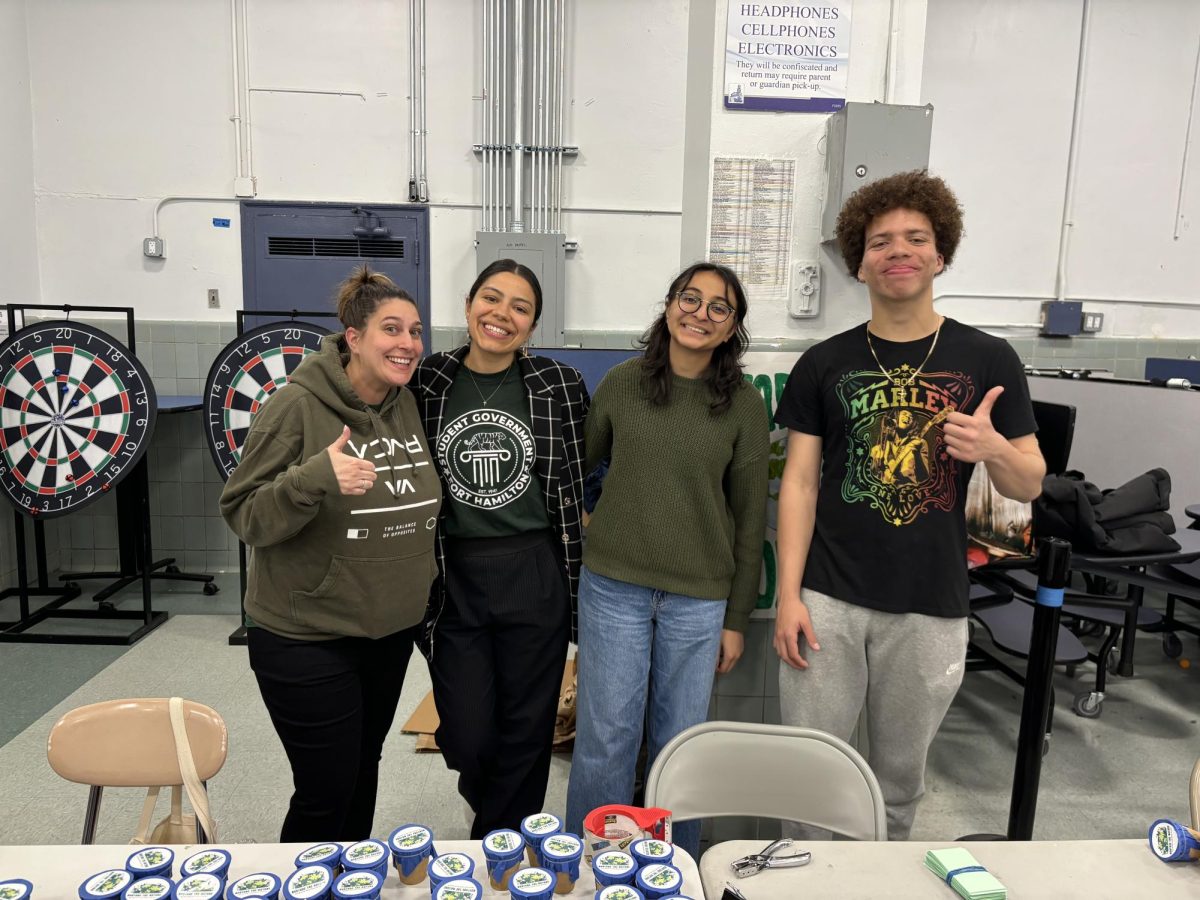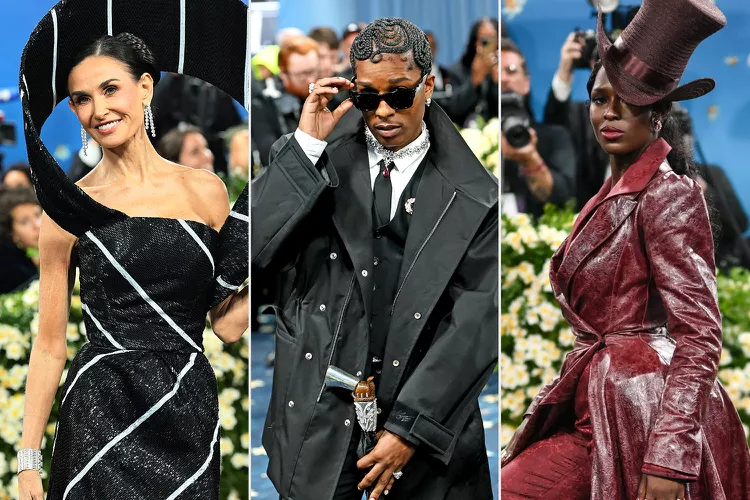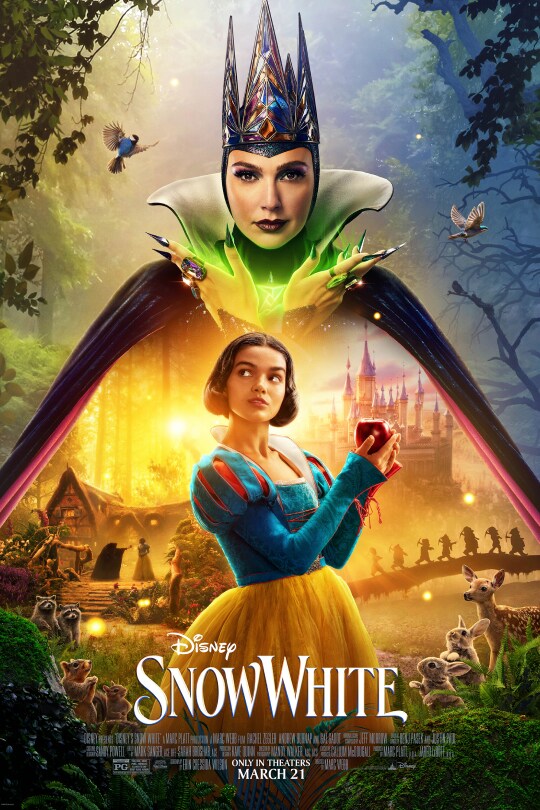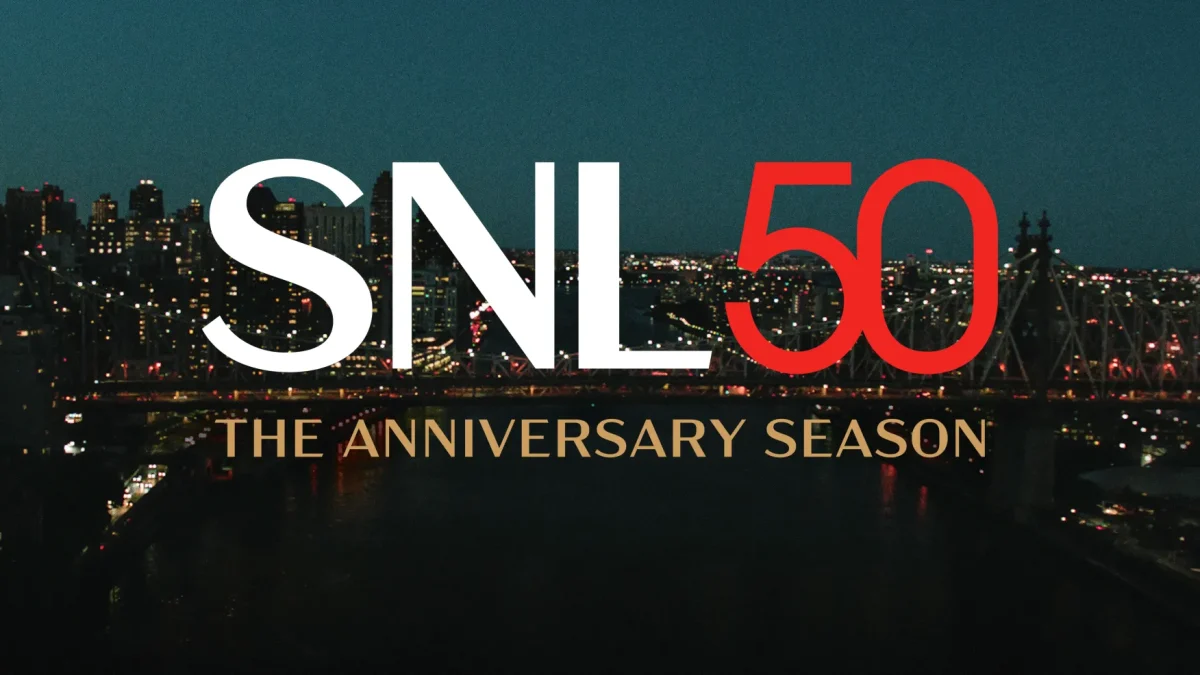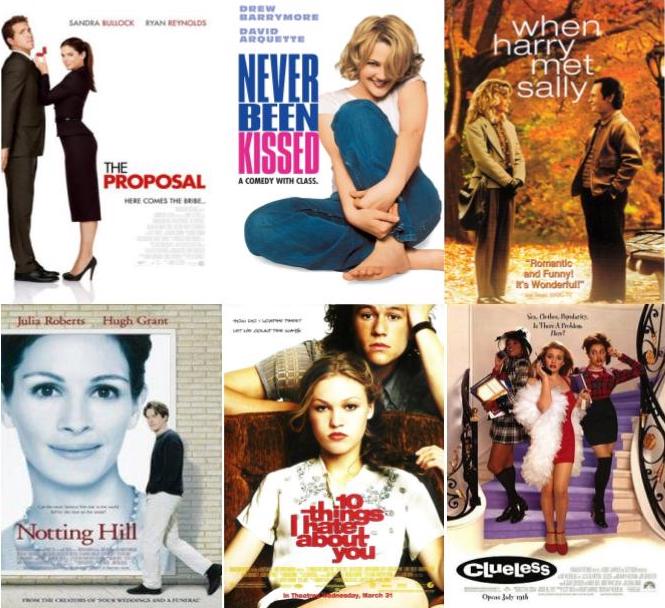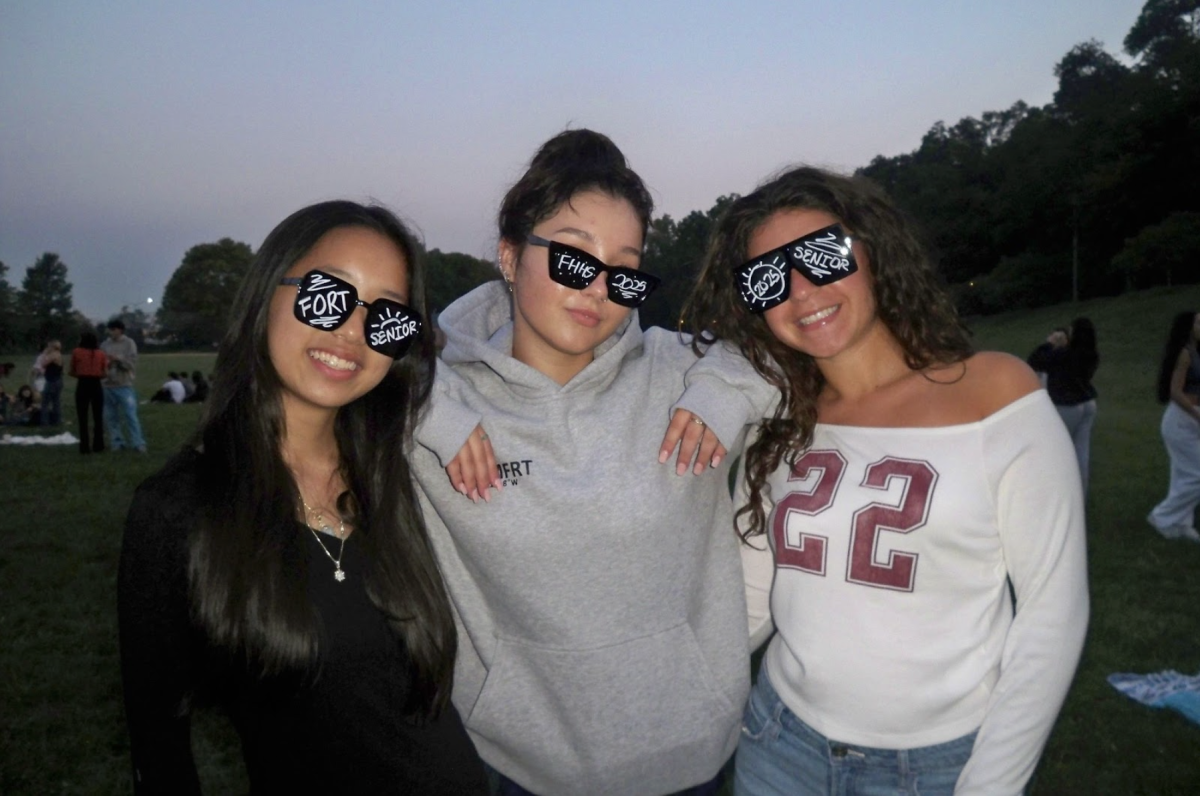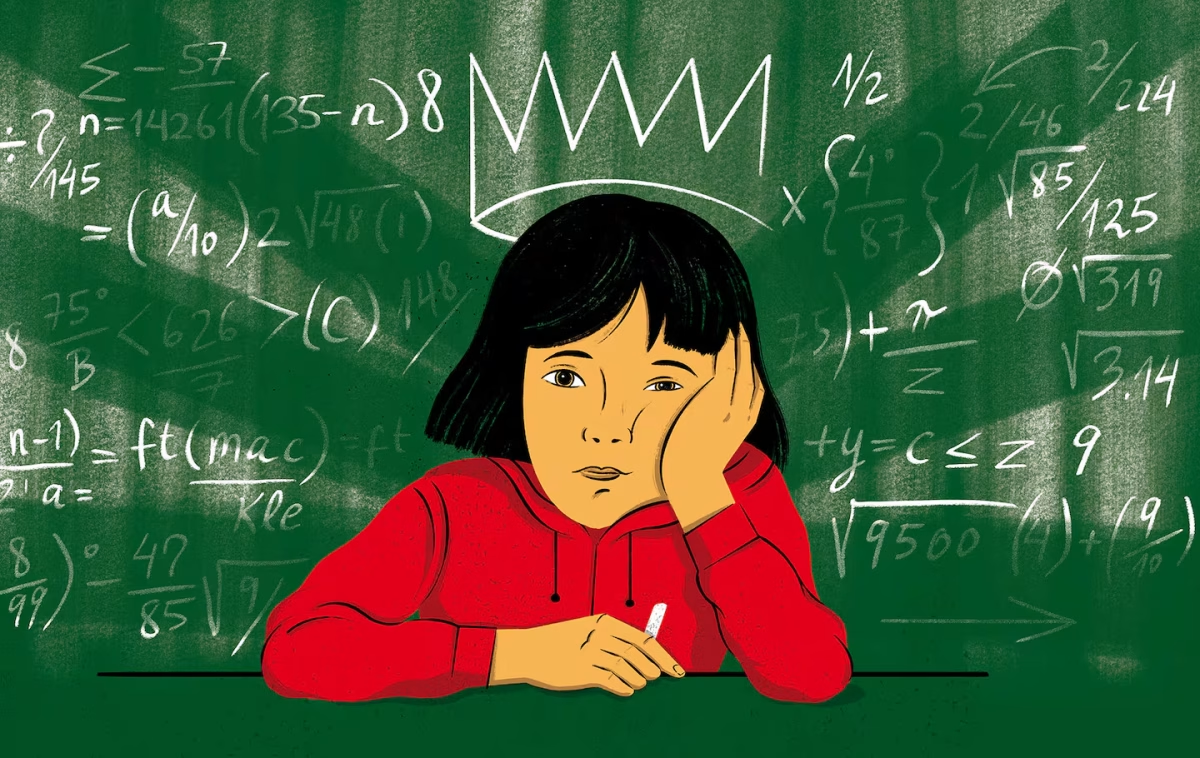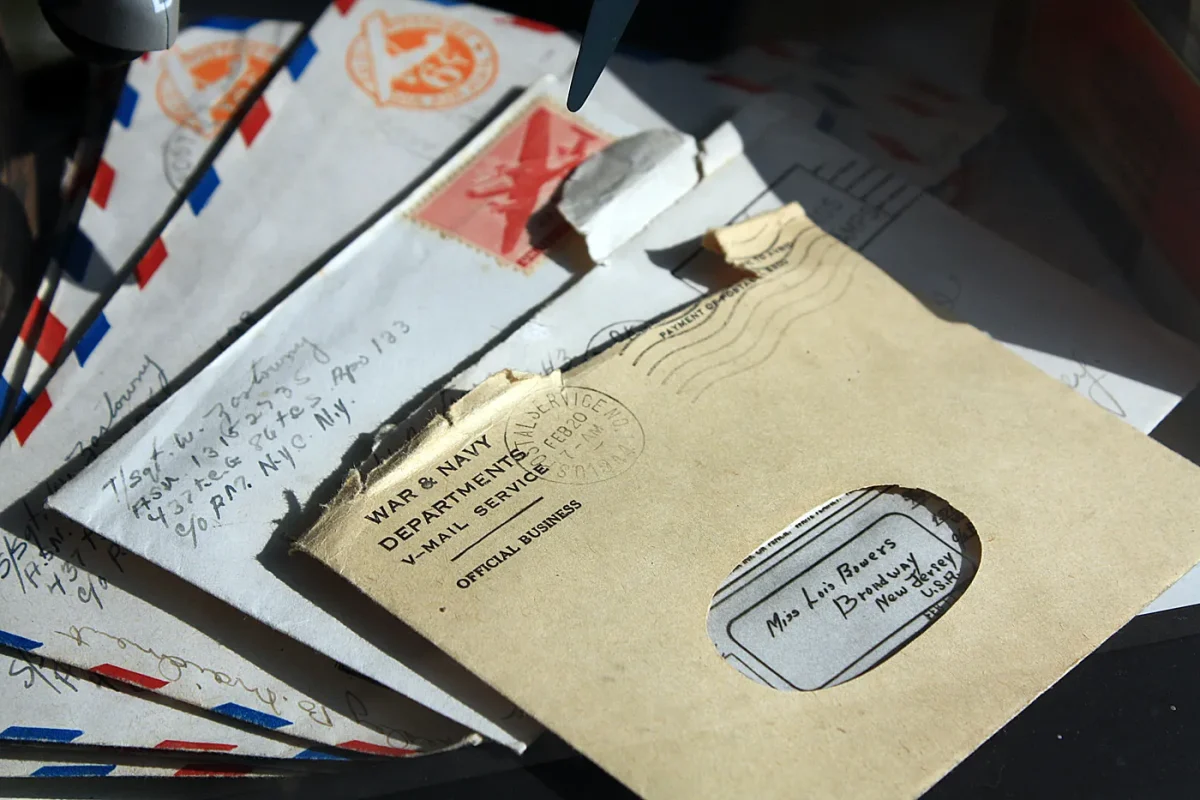It’s hard to think about Valentine’s Day without candy. From the iconic heart-shaped box of assorted chocolates to chocolate-covered strawberries, few find a reason to voice disappointment regarding gifted and delectable delights.
But how did these sweet treats become quintessential to the claimed celebration of love? Today, we deep dive into the origins of this candy-filled confectionery craze.
To dive deep into the candy of Valentine’s Day, we first need to understand more about the holiday’s history. Named after St. Valentine, the romantic origins of Valentine’s Day come in the form of 14th-century English poet Geoffrey Chaucer’s poem, “The Parliament of Fowls,” making it the first documented notion of Valentine’s Day as a celebration of love.
This fad took over Medieval society, and soon, St. Valentine’s Day was widely celebrated, with knights and men courting their maidens with elaborate songs, cards, gifts, and even roses.
But where does candy enter the equation? Well, we have to look to Victorian society for that.
By the 1840s, what began as a fad in Medieval society became a full-fledged craze.
Enter Richard Cadbury, an English entrepreneur, philanthropist, and, most notably, a chocolatier.
Recognizing the opportunities in the current Victorian society and armed with new and unique chocolate-making techniques, Cadbury saw his chance.
In 1868, Cadbury produced and sold the first boxes of assorted chocolates (titled eating chocolates at the time).
While he didn’t patent the idea, the heart-shaped boxes spread like wildfire.
The boxes had elaborate designs featuring Cupids and roses thought of by Cadbury himself. After eating, the beautifully designed boxes were often repurposed to store mementos from Valentine’s Day, like elaborate cards, trinkets, and even locks of hair.
From there, the tradition only grew. As more mainstream candy brands began to rise in popularity, so did the amount and variety of Valentine’s Day candy.
As popularity surges around Valentine’s Day, more candies begin to fill our shelves.
As Sweethearts Conversation Hearts (now the second highest-selling Valentine’s candy) debuted on store shelves, they also quickly became a beloved holiday staple for their colorful messages of affection. Meanwhile, other mainstream candy brands such as M&Ms and Reese’s embraced the festive spirit by offering limited-edition variations of their iconic treats explicitly made for Valentine’s Day.
With each passing year, the landscape of Valentine’s Day candy continues to evolve, yet there’s always been one unifying fact throughout its history. It’s always been a way to share sweet moments with your loved ones. So, as we indulge in delicious treats this year, don’t only value the candy for its taste.
Remember the history behind the sweets and their humble beginnings, and appreciate the enduring love they represent — the pattern of enduring love that you’re now a part of. After all, Valentine’s candy’s been a show of love since it was conceived, a historical pattern that we should keep going.




